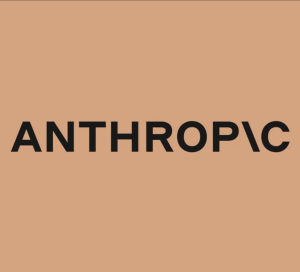ChatGPT Cheat Sheet
A cheat sheet for ChatGPT is a useful tool to quickly learn about the different aspects of the model. This reference guide provides a summary of the model's capabilities, limitations, and best practices for its effective use. ChatGPT is a conversational AI language model that is designed to generate human-like responses to user queries. The cheat sheet explains how the model works and highlights its essential features, such as natural language processing and machine learning algorithms. It also includes tips on how to optimize the training process for the model to achieve the best performance. For example, the cheat sheet may suggest that users fine-tune the model on domain-specific data to improve its performance on certain topics. Overall, a cheat sheet for ChatGPT is an indispensable resource for anyone interested in learning about this popular language model and harnessing its power for various use cases.
Features:
Fine Tuning / Tips:
ChatGPT Cheat Sheet Pros:
ChatGPT Cheat Sheet Cons:
ChatGPT Cheat Sheet Price:
App pricing information for ChatGPT Cheat Sheet is as below:
Testimonials:
A great reference guide for ChatGPT
- Data Scientist
This cheat sheet is a time saver!
- Student
It's a must-have tool for anyone working on conversational AI
- Software Engineer
The cheat sheet is easy to understand and helpful
- Content Creator
I found the tips on optimizing the training process to be particularly useful
- Machine Learning Engineer





